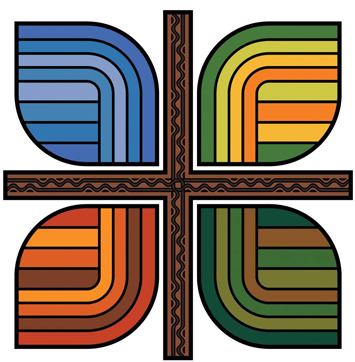Ask a Priest: Questions on bells at Mass, the Lord's prayer, and the alb
by Diocese of Des Moines | October 23, 2018

Q. From my days as an altar server many years ago, I remember we were taught to ring the bells at several points during the Mass. We no longer use the bells. Could you bring me up to date on that question?
A. Ah yes, the bells. Well, some history might be helpful. When the Mass was celebrated in Latin, many of the faithful prayed the rosary or some other devotional prayers. The priest faced away from the people and prayed the Canon or Eucharistic Prayer in a very low voice, almost silently. So the bell, at one point in history, served to alert the ordinary parishioner that an important part of the Mass was about to happen.
But that’s all changed.
Today, the Church asks all the participants at Mass to engage in “full, conscious, and active participation. The Church prays the Mass together, priests, deacons, ministers, musicians, and the faithful. Since the Mass is now celebrated in English and the priest speaks in a loud enough voice for the people to hear, they no longer need the bell to focus their attention.
Q. My sister-in-law asked me a question about the Lord’s Prayer. Why does her version (Protestant) end with “For thyne is the kingdom and the power” etc. etc. I need an answer for her. Thank you, Father. I always read your column.
- Paulina, Creston
A: The early manuscripts (handwritten texts) of Matthew’s gospel have variations. The translation of the bible that you mention comes from the King James Version (KJV). That translation uses a manuscript that includes the words you quote.
The New American Bible (NAB) Revised Edition, and the New Revised Standard Version (NRSV) use a manuscript that does not include your sister-in-law’s concluding line. During Mass, the current Roman Missal uses the Lord’s Prayer from the New American Bible. Nonetheless, after the priest prays, “Deliver us, Lord, we pray, from every evil . . . as we await the blessed hope and the coming of our Savior Jesus Christ,” the people continue, “For the Kingdom, the power, and the glory are yours, now and forever.”
Q. I’m interested in learning more about a robe called the alb.
A. The alb is a vestment that any baptized person may wear. It is white or off-white. The Latin word for “white” is “album.” Altar servers often wear a robe or alb when they assist at Mass. When adults are baptized, they often wear a white robe. Even babies are dressed in white at the time of baptism. The symbolism suggests that people are “putting on Christ.” A priest wears a stole over the alb; a deacon, over the alb, wears a stole on the left shoulder; a bishop wears a pectoral cross in addition to the stole.
Q. How are the Scripture readings chosen for Sunday Mass?
A. The book of readings is called the lectionary. The lectionary is comprised of readings for three years – a three-year cycle. Year A makes use of the Gospel of Matthew. Year B makes use of the Gospel of Mark (and during some Sundays in the summer) the Gospel of John. Year C makes use of the Gospel of Luke. The first reading, usually from the Old Testament, often deals with the same theme as the Gospel. The second reading is usually a consecutive reading, over several Sundays, from one of the epistles.
Got a question for “Ask a Priest” and its author, Father John Ludwig? Send it to communications@dmdiocese.org or The Catholic Mirror, 601 Grand Ave., Des Moines, IA 50309.